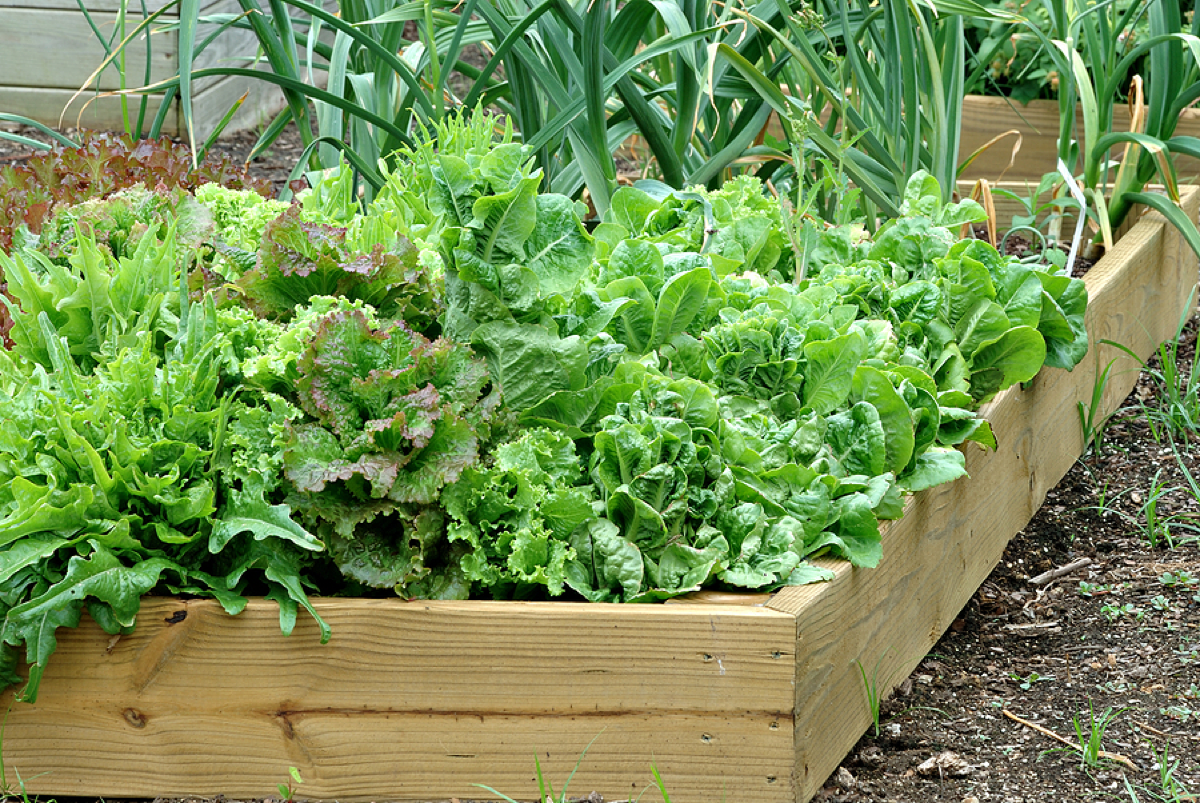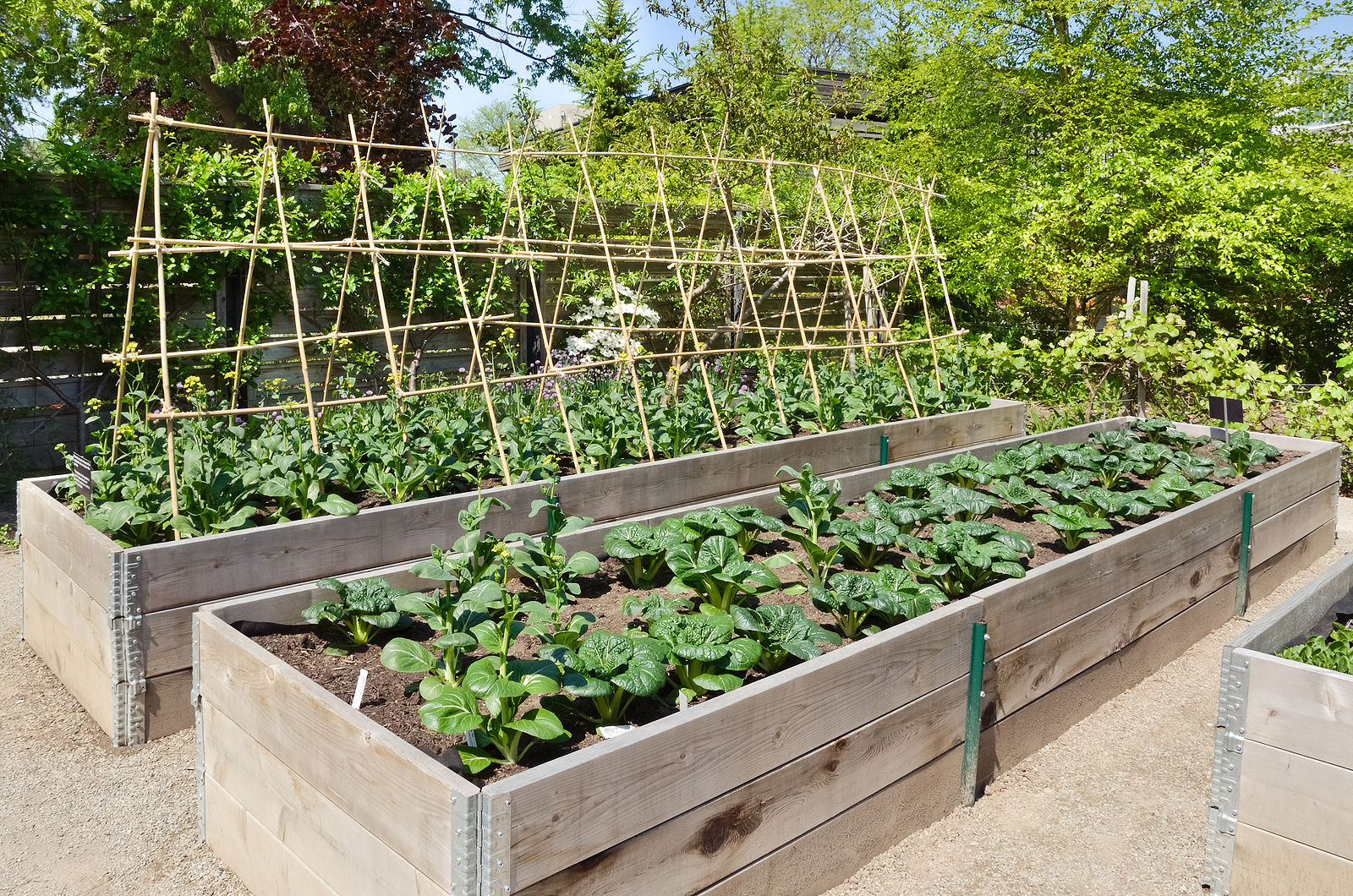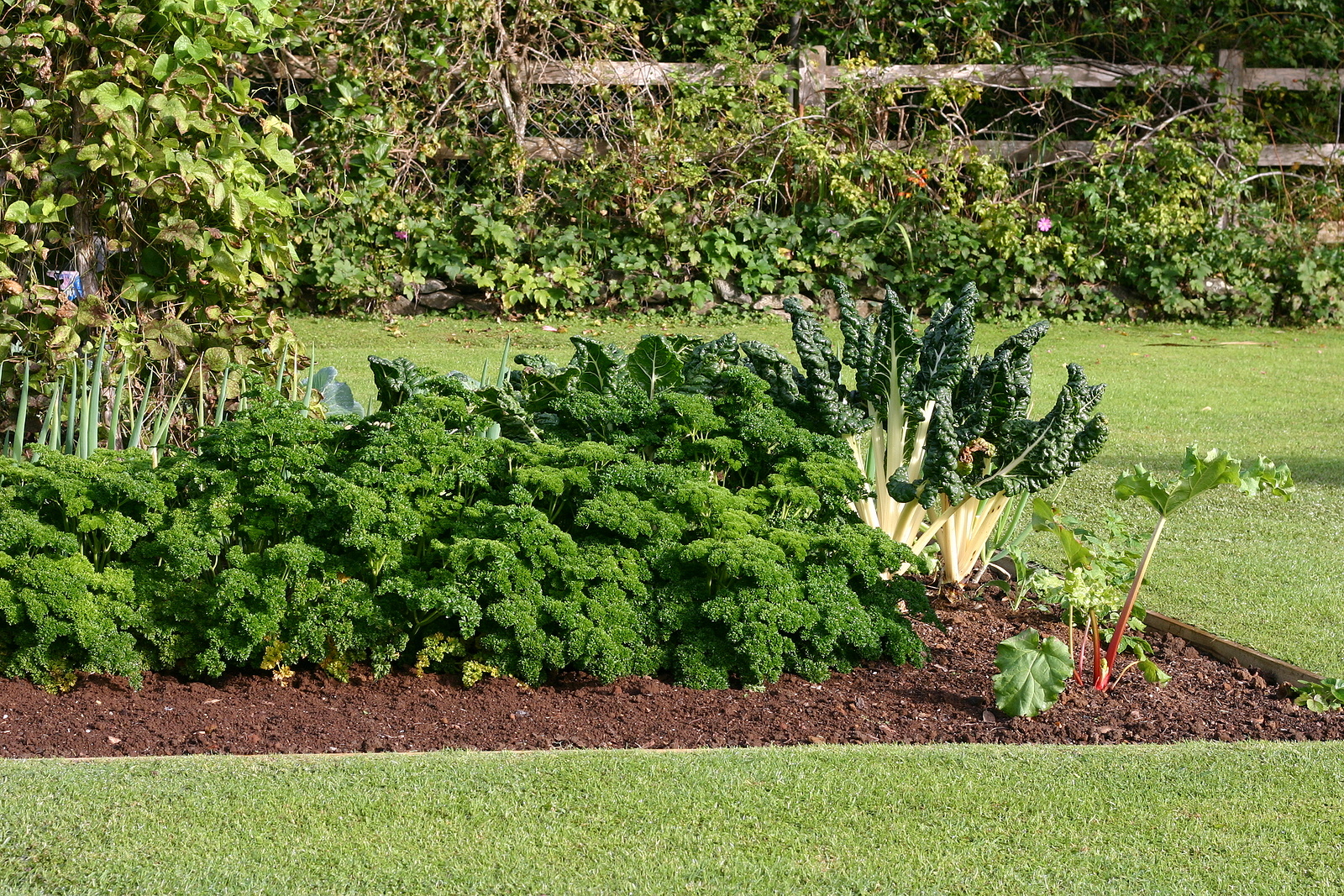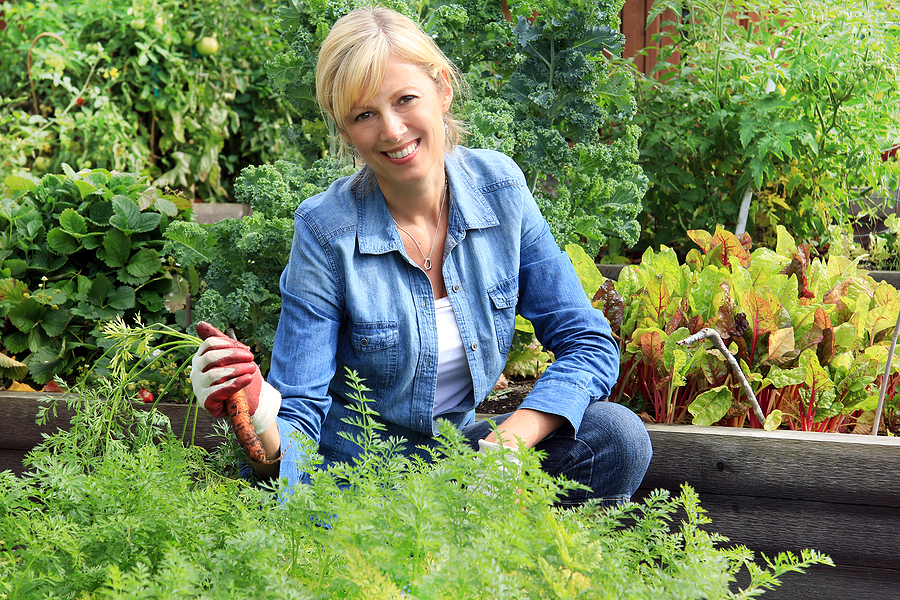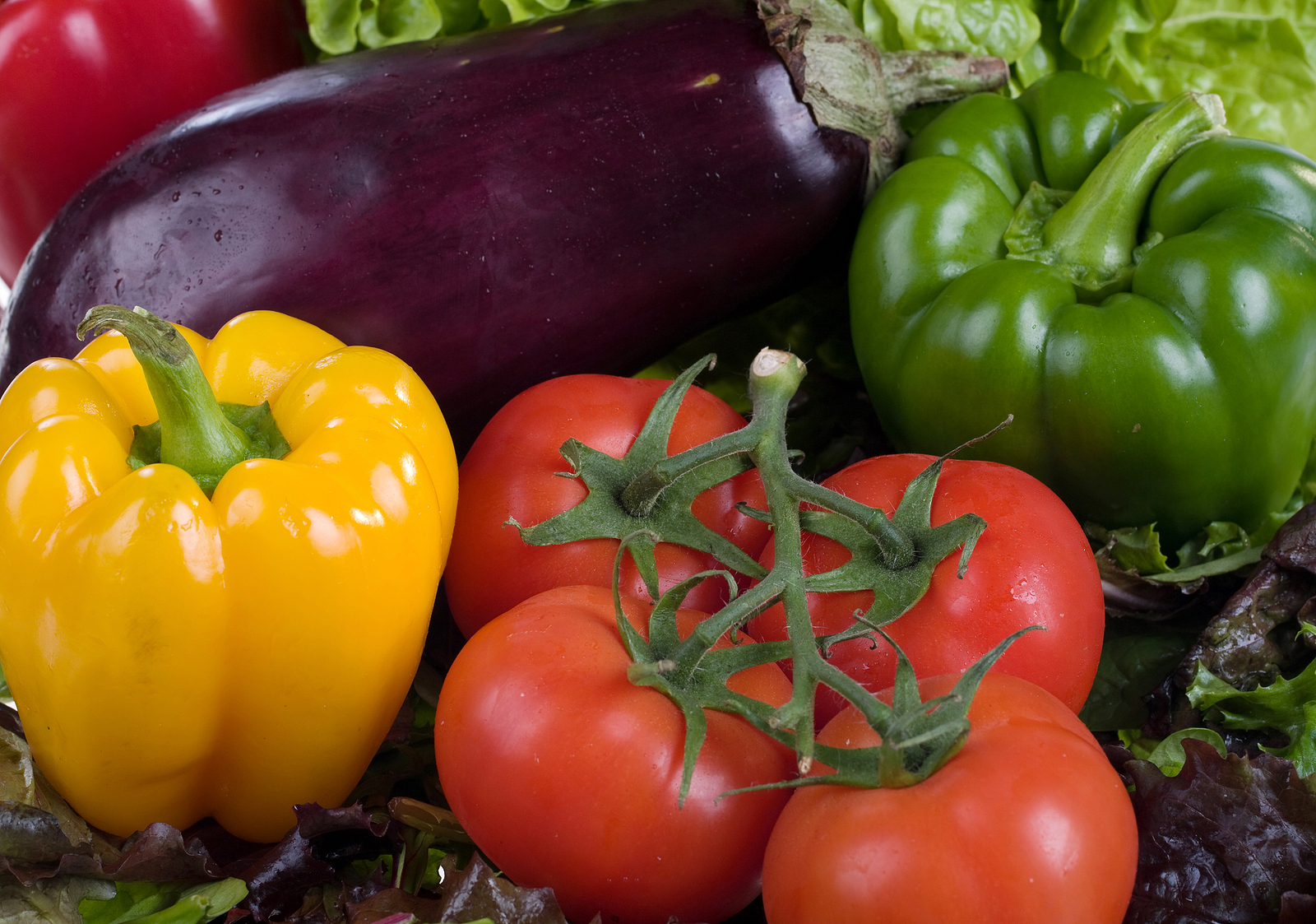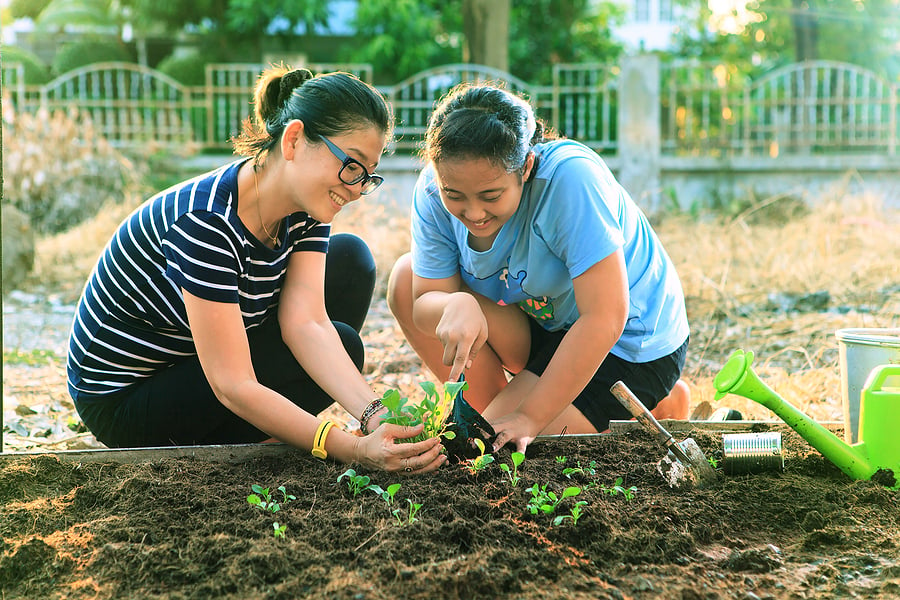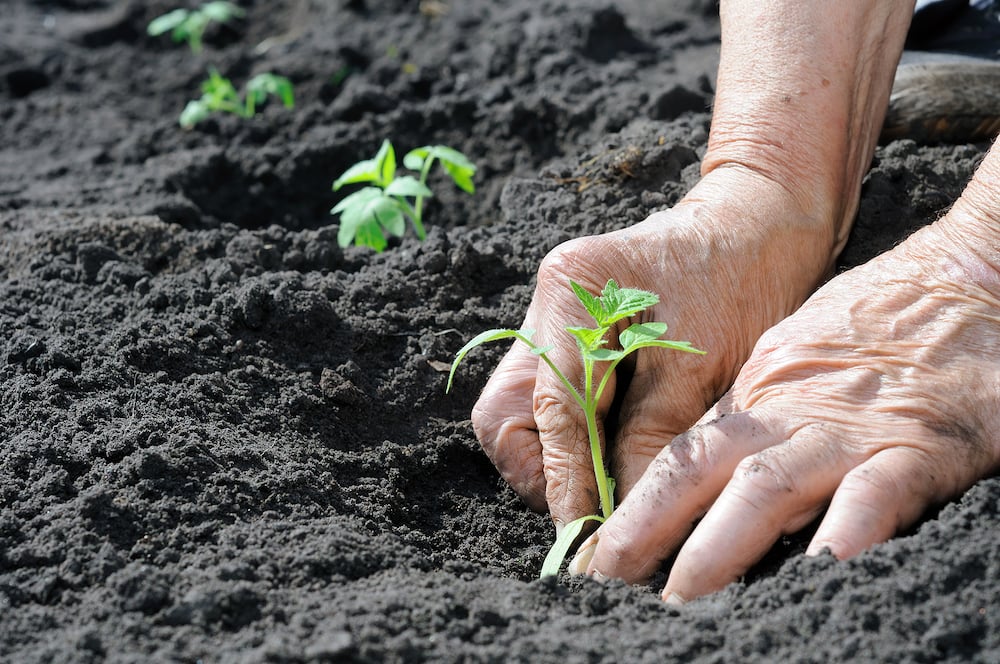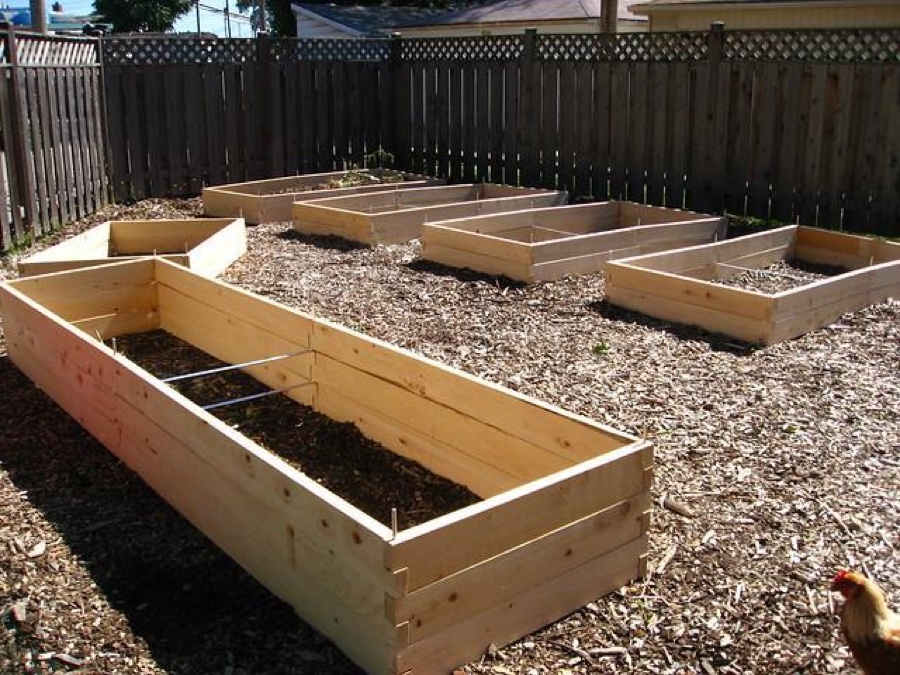Planting your own vegetable garden can be a rewarding experience in more ways than one. Beyond the positive environmental impact, vegetable gardening can be a stress-relieving hobby that increases your time outdoors and reduces your bill at the grocery store. If you’re a first-time gardener and unsure where to start, simply follow the steps below for gardening tips that will help you create your perfect home vegetable garden plan.
Plan and Prepare
Your garden will flourish if you take the time to research in advance. Begin by exploring your plant hardiness zone to understand which are the best vegetables to grow in your location. Next, identify the area within your landscape where you want to place your garden bed. Observe the area over the course of a day to get a feel for how many hours of direct sunlight your garden will receive.
Once you’ve identified the right garden space, it’s time to design the layout of your garden bed. Decide how many varieties of veggies you plan to grow and be sure to allot the necessary square feet for each. You can then determine which type of garden bed will work best.
There are many types of raised beds to choose from; you may opt for a uniform look using the same material, or vary the material and/or height of your raised beds to create visual interest. A vegetable garden trellis can be an ideal option for small spaces.
Amend Your Soil
The next step is to amend your garden soil to create ideal growing conditions. This means ensuring that your soil has the proper texture, pH, and nutrients within to support the growth of your vegetables. A soil test can help you determine the condition of your existing soil, and in what ways it needs care and attention to improve its health and nutrient levels.
Adding organic matter to your garden soil is the simplest way to amend it. Compost and peat moss are two natural, cost-effective, and easy-to-work-with options.
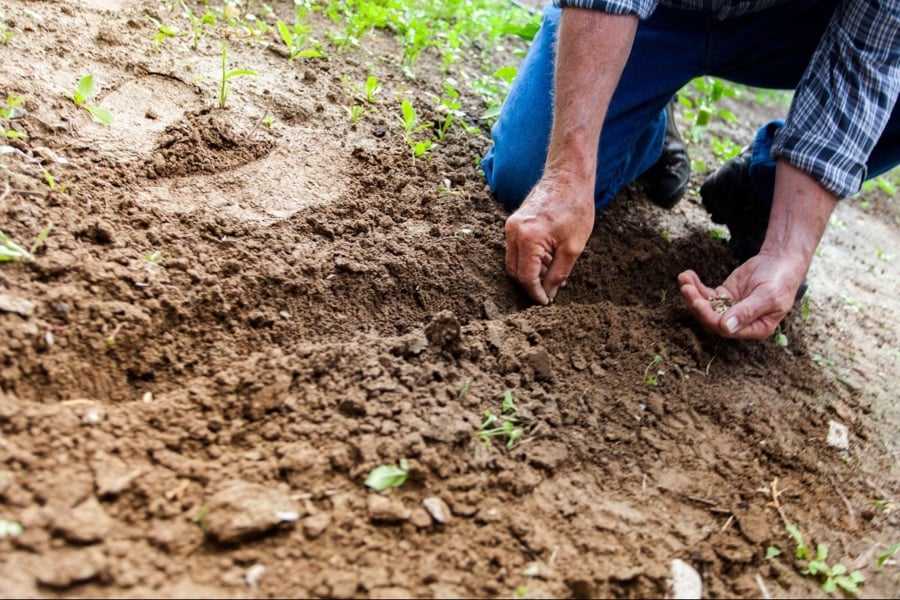
Compost is an especially easy soil amendment if you already have a home composting system in place. The best compost for vegetable gardens is composed of both green material (e.g. kitchen scraps) and brown material such as lawn trimmings.
Peat moss helps the soil retain its moisture and creates a more acidic pH level. Note, however, that some vegetable plants do better in drier and/or less acidic soil, so you’ll want to check if peat moss is a good match for the varieties you intend to plant.
Planting cover crops is another proven method for amending vegetable garden soil. As with choosing the vegetables you wish to grow, research your hardiness zone to determine which cover crops will work best in your area.
Choose Your Plants
Choosing your plants can be the most fun part of the gardening process, but also requires careful planning. Be certain that the plants you choose will thrive in the amount of sunlight your garden bed receives. Think about which veggies your family most enjoys eating or that are most versatile for meal planning.
Be mindful of the growing season for each variety of plant and choose your planting dates accordingly. You may wish to start growing some plants indoors from seedlings, then transplant to your garden bed in early spring, after the last frost.
Others can be sourced from garden centers or local farms. Your community library may even host a seed library where you can obtain free seed packets for easy-to-grow vegetables.
Remember that many vegetable varieties, including cucumbers and squash, require pollinators to produce fruit, whereas root vegetables like radishes and carrots do not. If the area around your vegetable garden does not already attract pollinators, consider adding flower beds nearby.
Plant and Maintain
It’s time to start growing vegetables! Your vegetable plants will need to be watered consistently. It’s best to water your home garden in the mornings and evenings; avoid the full sun of mid-day.
Your vegetable garden will also need regular weeding and mulching. Consider saving mowed leaves from the fall for a no-cost, natural mulch option.
Harvest and Enjoy
At last, it’s time to harvest and enjoy your own vegetables. Part of understanding the growing season is knowing the peak times for each type of vegetable. Harvesting at peak time will result in the best flavor. For example in Massachusetts, strawberries peak in mid-June, while August is a great time for tomatoes and peppers.
With a little planning and preparation, new gardeners can create a home vegetable garden that can be enjoyed for years to come.
To learn more about starting a home vegetable garden, please download our free ebook, The Backyard Bounty: A Beginner's Guide to Growing Fresh Food, Saving Money and Enjoying Nature.


